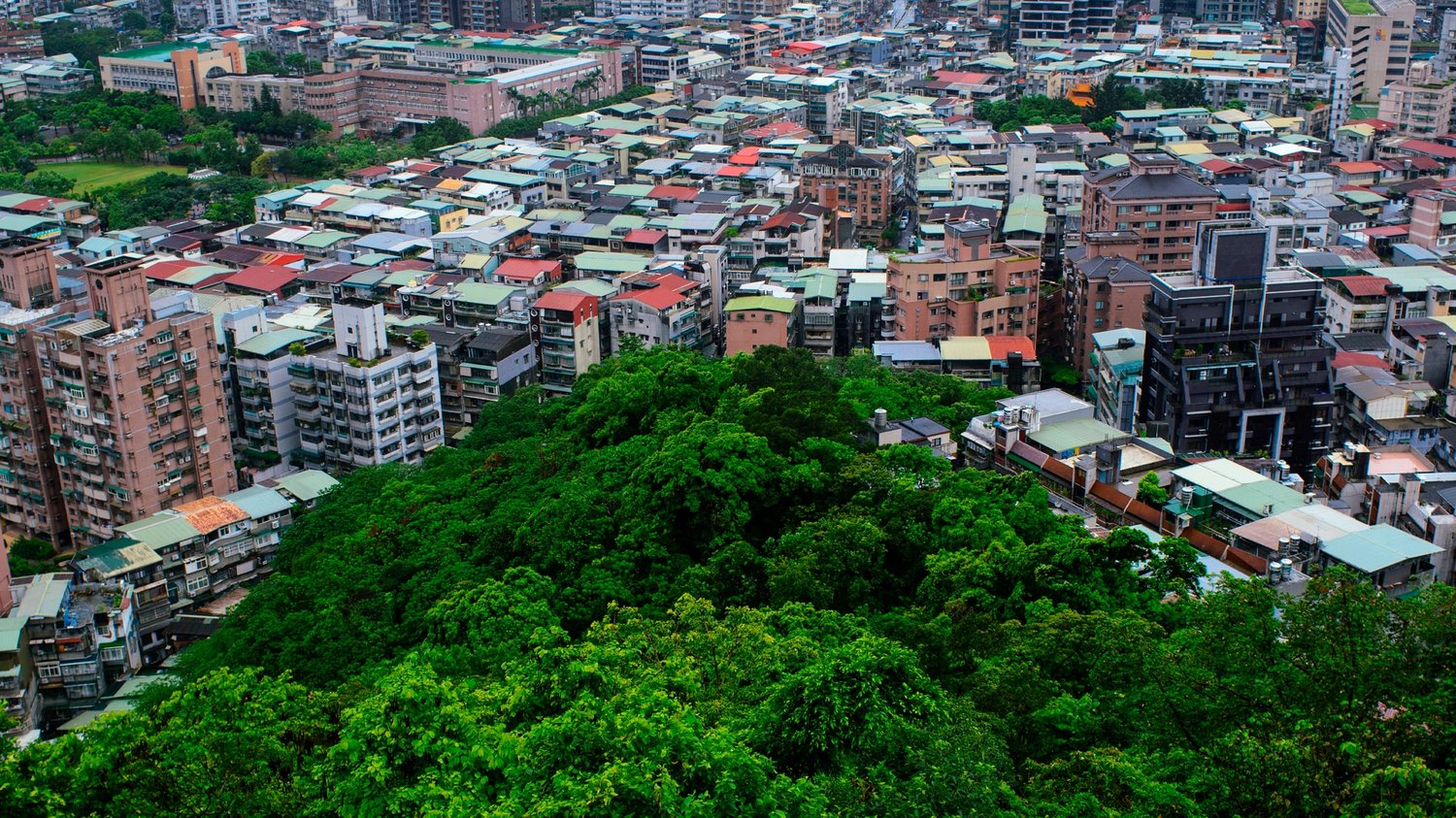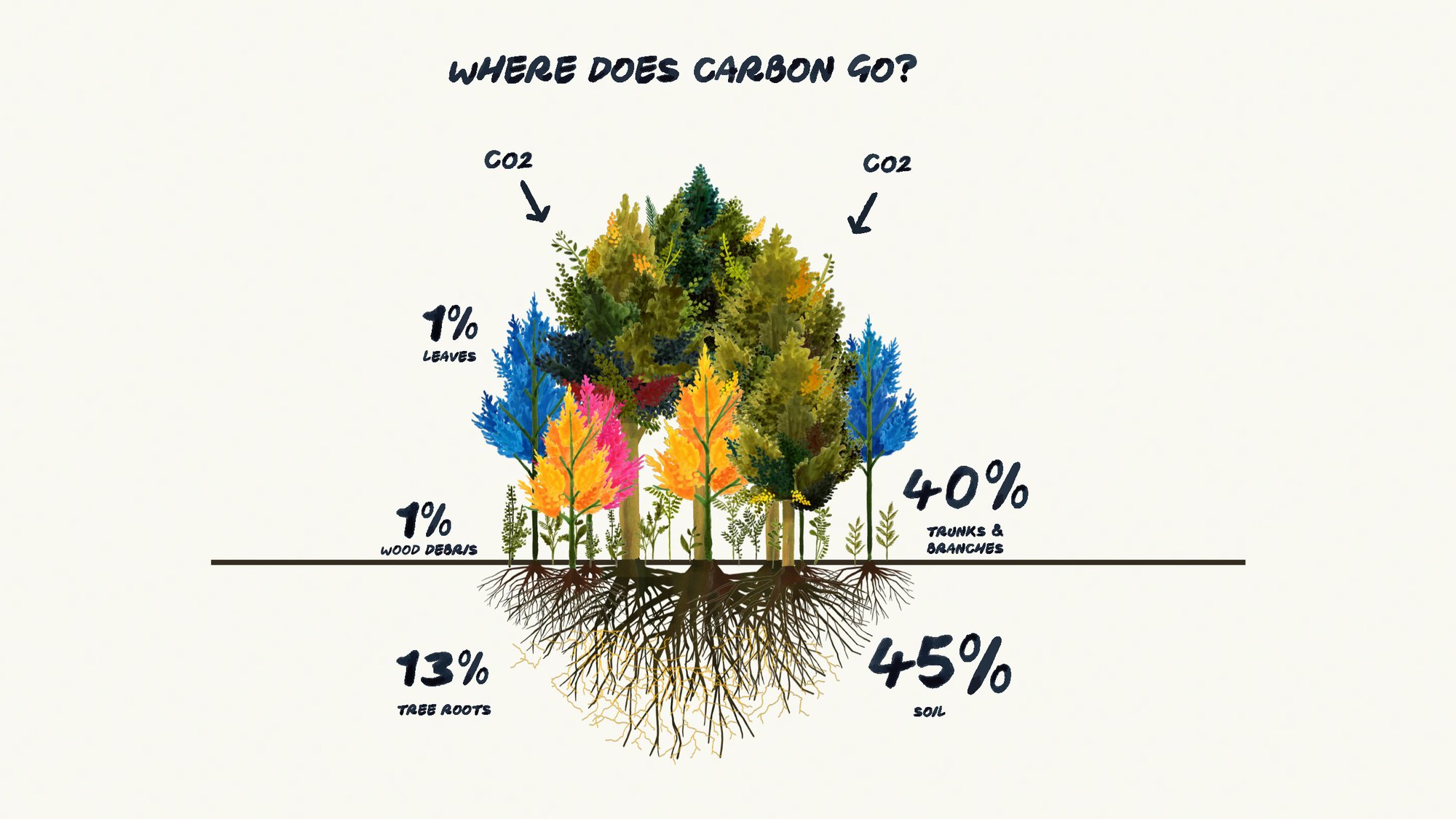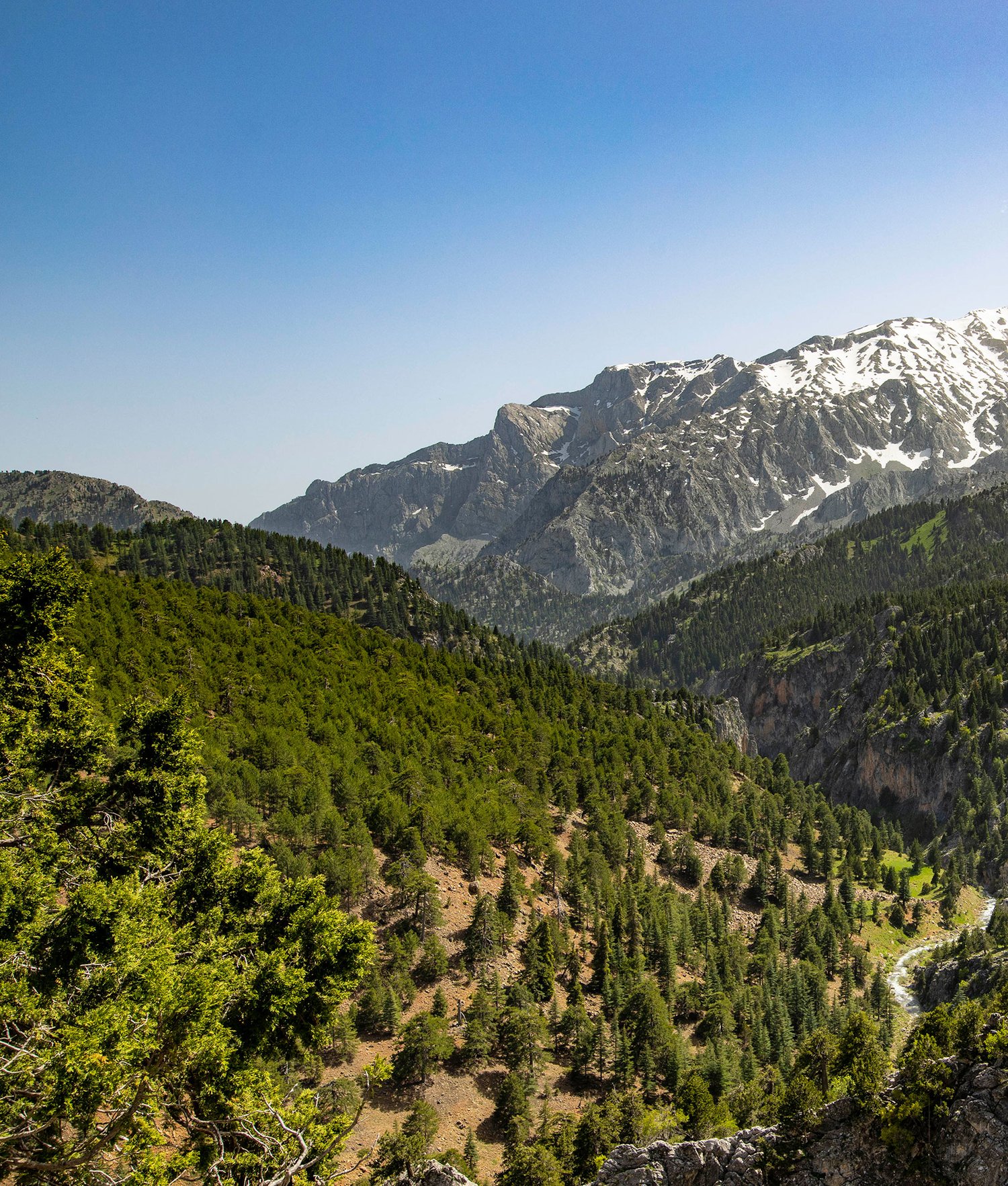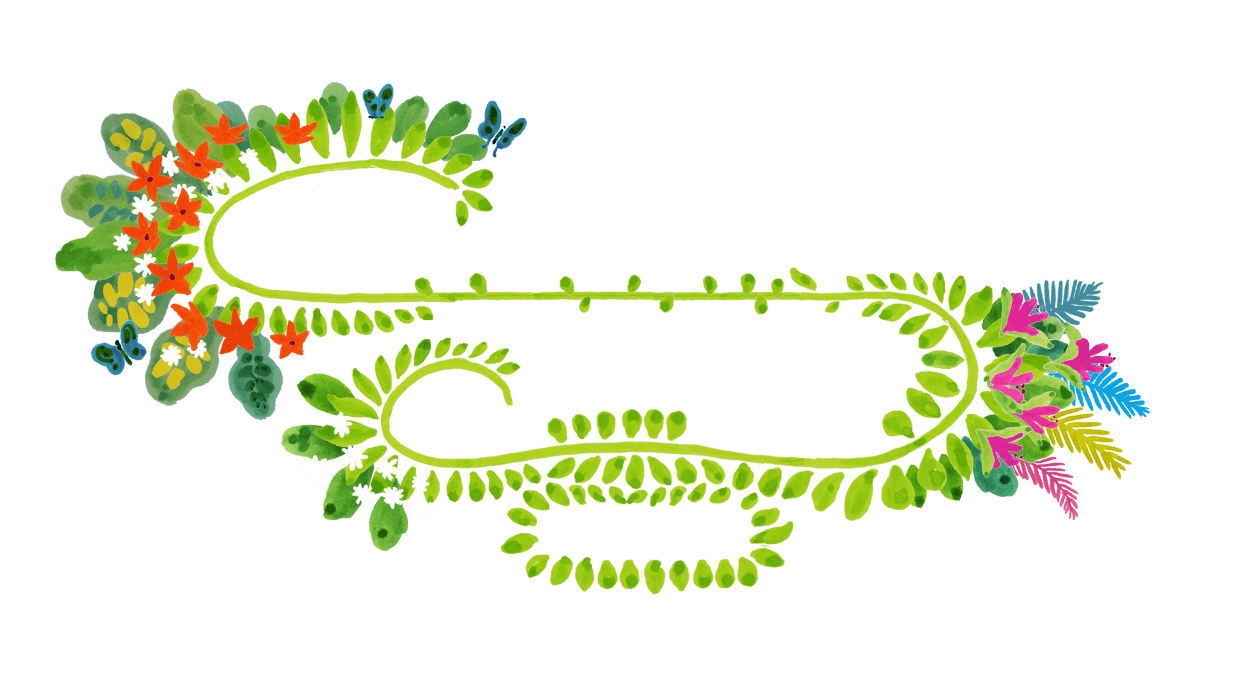
Insight
Urban Forest and The Miyawaki Method
Words by: James Godfrey-Faussett
— Lead Forest Maker at SUGi
The Miyawaki method won’t save the planet but does have a lot of benefits for the local environment, ecology and perhaps most importantly the local community. Maybe the re-establishing of nature can cause a mini butterfly effect, particularly with the joy it reignites within children - the rewilders of tomorrow!
The Miyawaki method does (within it) provide the potential for maximising Co2 capture - a topic very much in the news at the moment.
All trees take Co2 from the atmosphere but efficiency and amounts vary massively- mono plantations planted on poor soil and lacking their symbiotic fungal connections for example, capture a small percentage of what a dense area of native forest can.
Through creating native urban forests using the Miyawaki method the young forest ecosystem is set up for Co2 capture that fuels tree growth, soil health and ecosystem development.

A dense diverse canopy of native species maximises carbon capture, mainly due to the vast area of canopy that is able to photosynthesise. But it is also the soil fertility that controls photosynthesis- biologically active soil is needed to make available minerals and elements to help fuel the numerous steps of photosynthesis - if the correct minerals aren’t available the trees struggle but if they are made available, photosynthesis can dramatically increase and capture Co2.
Soil Co2 sequestration is only the carbon left over and stored after carbon cycling- where the active carbon is used as fuel by microbes and fungi. We need fertile living soil to cycle carbon constantly rather than it just being sat there, this way more is used and nature’s fertility and life forces flow.
Even Co2 released by microbes during respiration can be re-used by the trees and the cycle continues.
Nothing in healthy ecosystems is static - it is always an unseen magical world of sharing, cycling and balancing.




